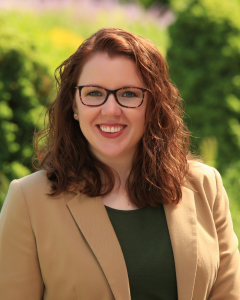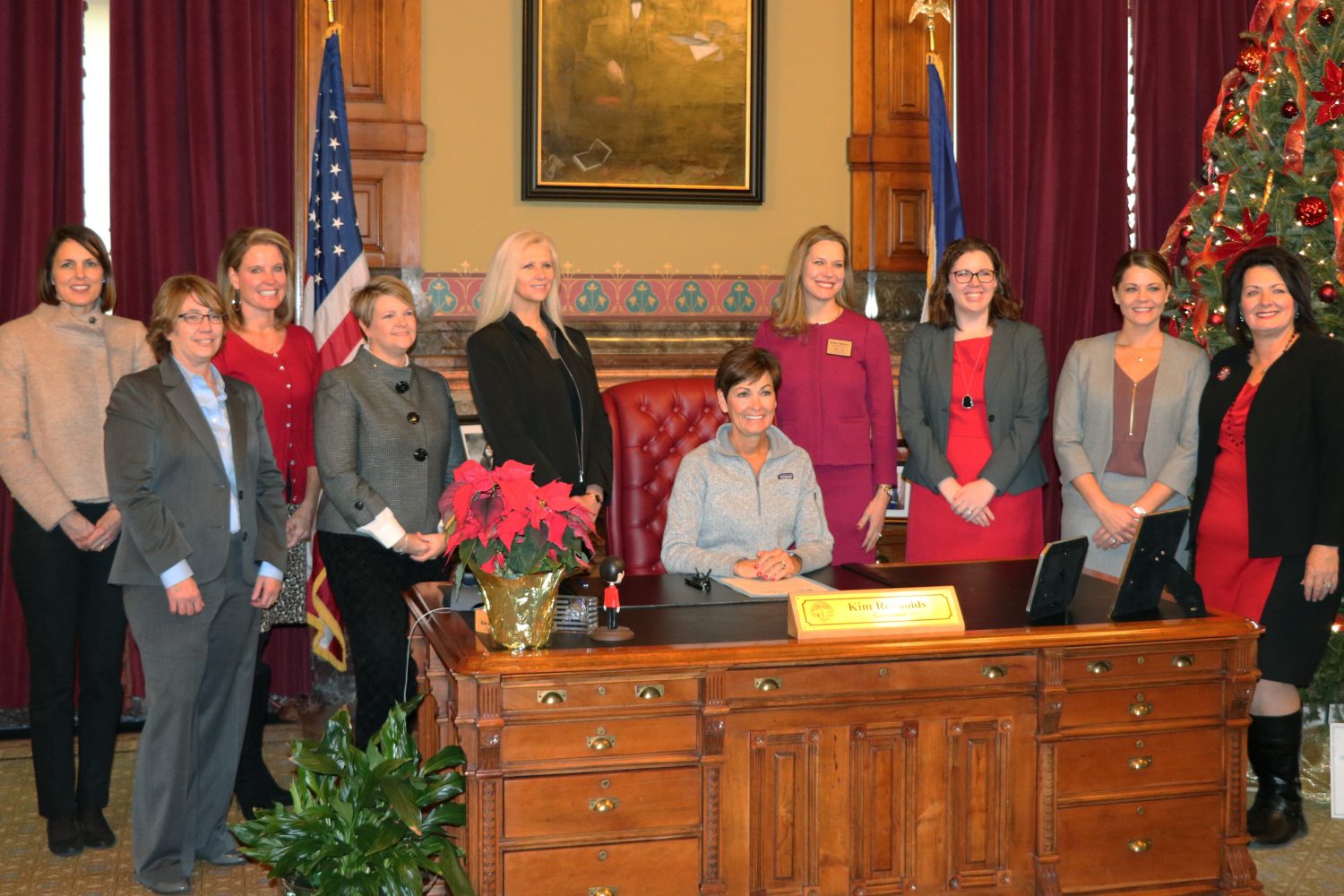
Kari McCann Boutell, President
Iowa Council of Foundations
On April 3, we convened the Community Foundations Affiliate Liaisons Network for our spring meeting. This group is comprised of host community foundation staff members who help support affiliates in their region. We discussed successful strategies, tactics and tools for marketing and communications pieces and thought we should share more broadly with the network. Below are the top tips to consider from each of the small group work sessions.
Community Outreach: This small group offered suggestions for ways to bolster a CF’s community outreach efforts and also offered some examples of what has worked at their CFs.
- Consider meeting with your local newspaper and establishing an editorial calendar where you can provide content on a regular basis.
- Consider establishing a fund around a specific community priority which can be responsive to community needs (i.e. childcare).
- Subscribe to newsletters of local community organizations and nonprofits so you know about work going on in your area.
Agency/Nonprofit Funds: This small group shared some ideas around best practices in working with agencies on establishing funds.
- Use clear and simple language when talking with nonprofits about endowment funds—they may not have any prior knowledge of these kinds of tools.
- When providing the agency with materials on how to establish a fund—provide basic information first, and then move to more complicated topics.
- Explain the “Why” to the nonprofit of how they will benefit from establishing an endowment fund and why it is a good long-term planning option.
Individual Donor Development: This small group provided a checklist of items to consider as you build this part of your marketing program.
- Keep your messages simple—make sure the information is accessible to someone who does not yet know about your work.
- Remember, donor development is a marathon, not a sprint. You don’t have to communicate everything in one marketing piece.
- Have host staff write articles for affiliate newsletters to provide expertise on topics – this also helps introduce staff members as resources to the affiliate and potential donors.
Planned Giving: This small group provided a report out on what they’ve found successful in their planned giving marketing.
- Utilize a Legacy Fund Agreement that a donor completes to record their planned giving intentions.
- Honor a special anniversary of your community foundation by asking former and current board members for planned gift commitments in celebration of the milestone.
- Utilize experts for planned giving work by partnering with your host and/or professional advisors.
As always, remember there are countless samples and templates available from your host community foundation and throughout the Iowa Community Foundations Initiative network. Be sure to visit the Knowledge Center on the ICoF website for examples and email us if you would like to see samples of how others are communicating about their work with donors and the broader community. Remember, the goal is that your community foundation is not the best kept secret in town!

 Like most other places in the United States, Iowa’s data about the well-being of women and girls presents two contradictory stories:
Like most other places in the United States, Iowa’s data about the well-being of women and girls presents two contradictory stories:

